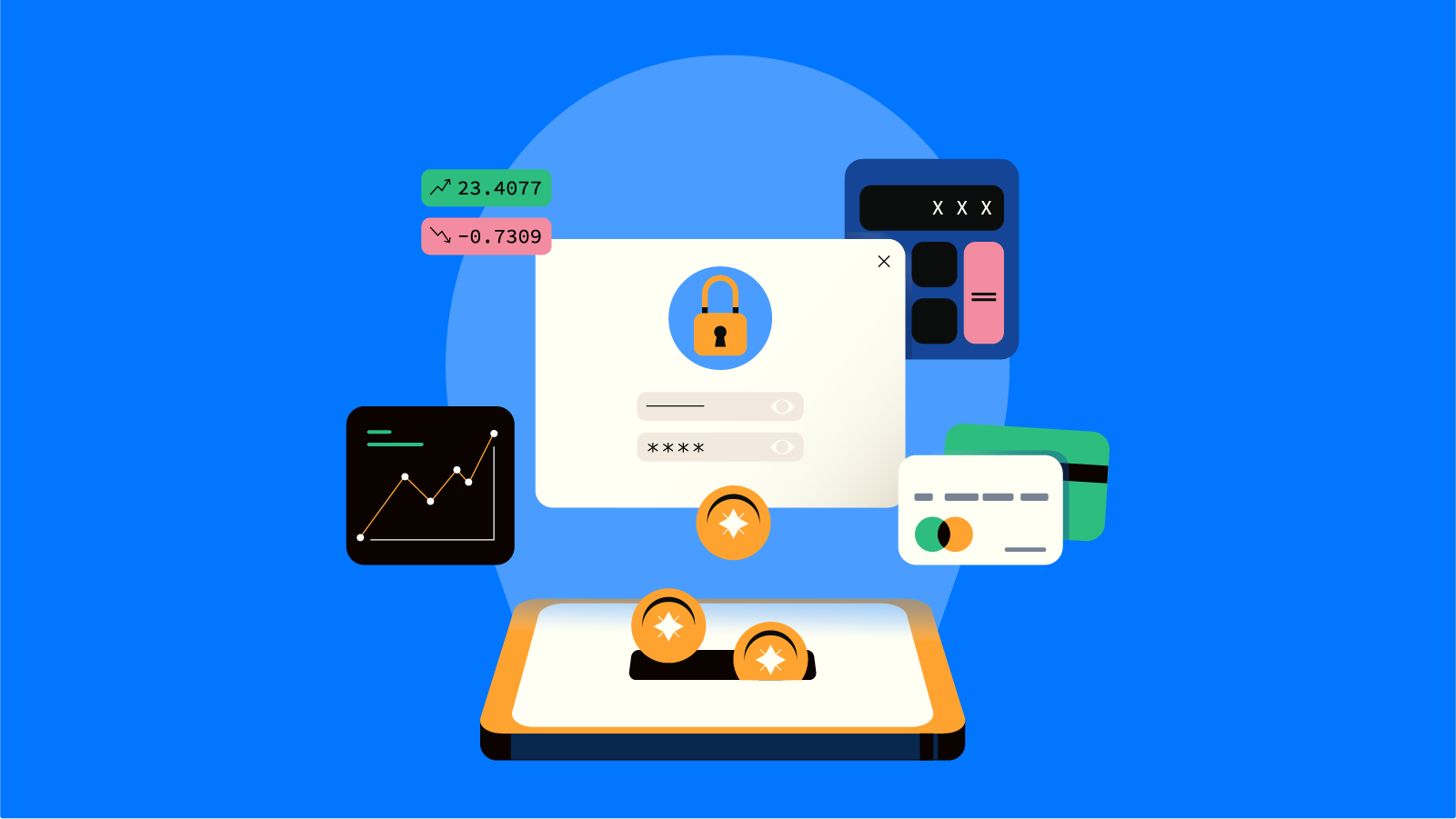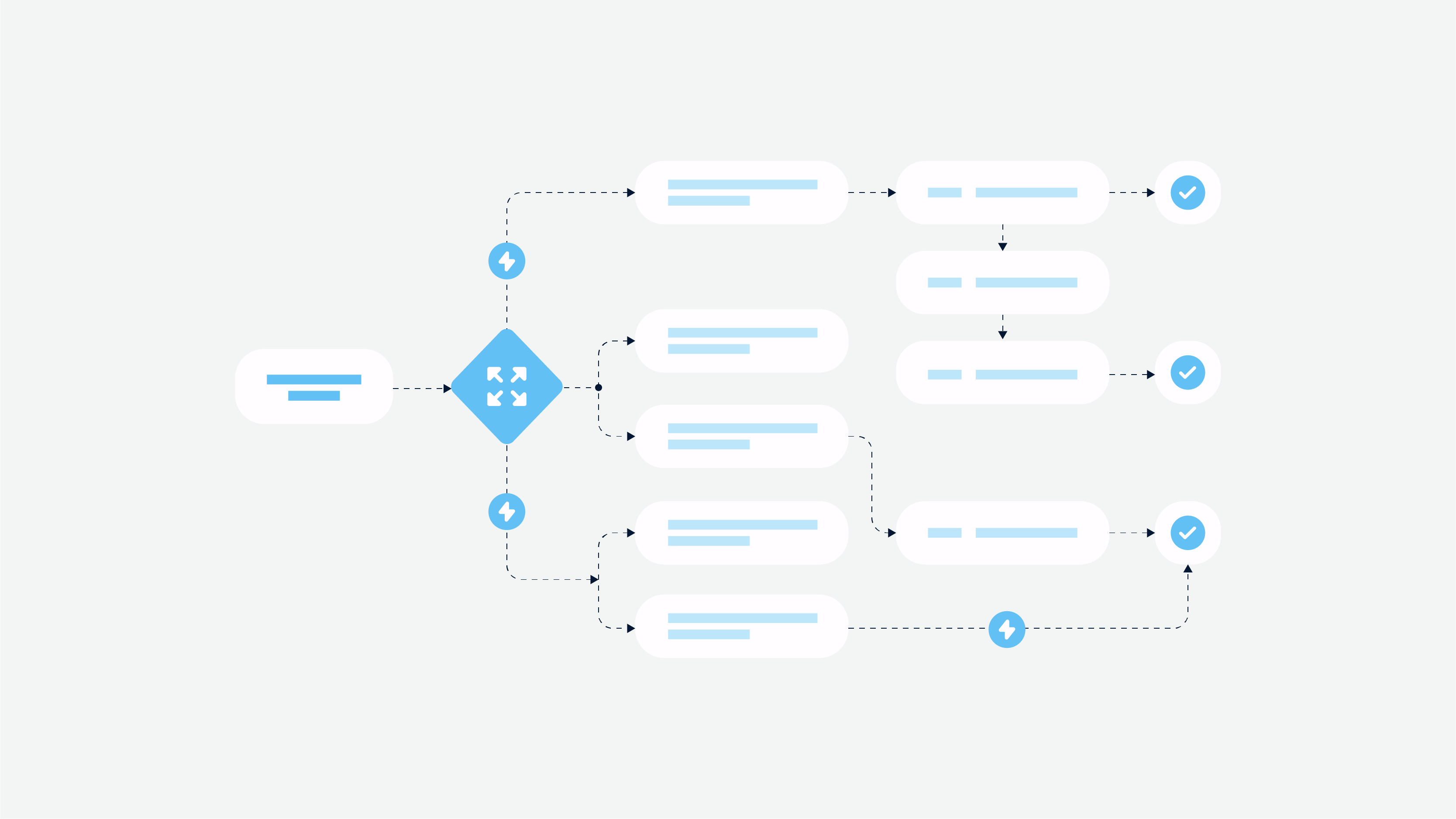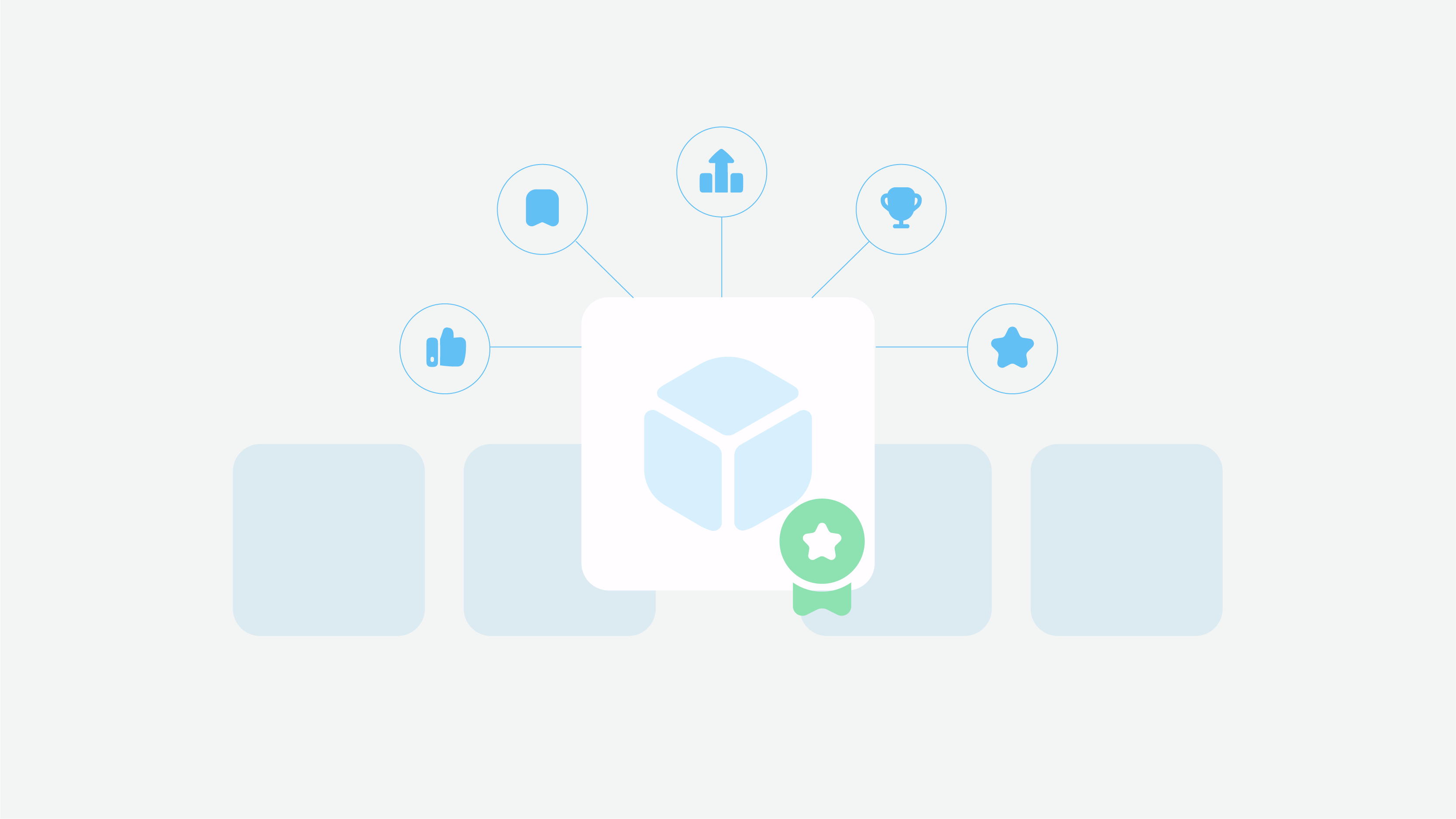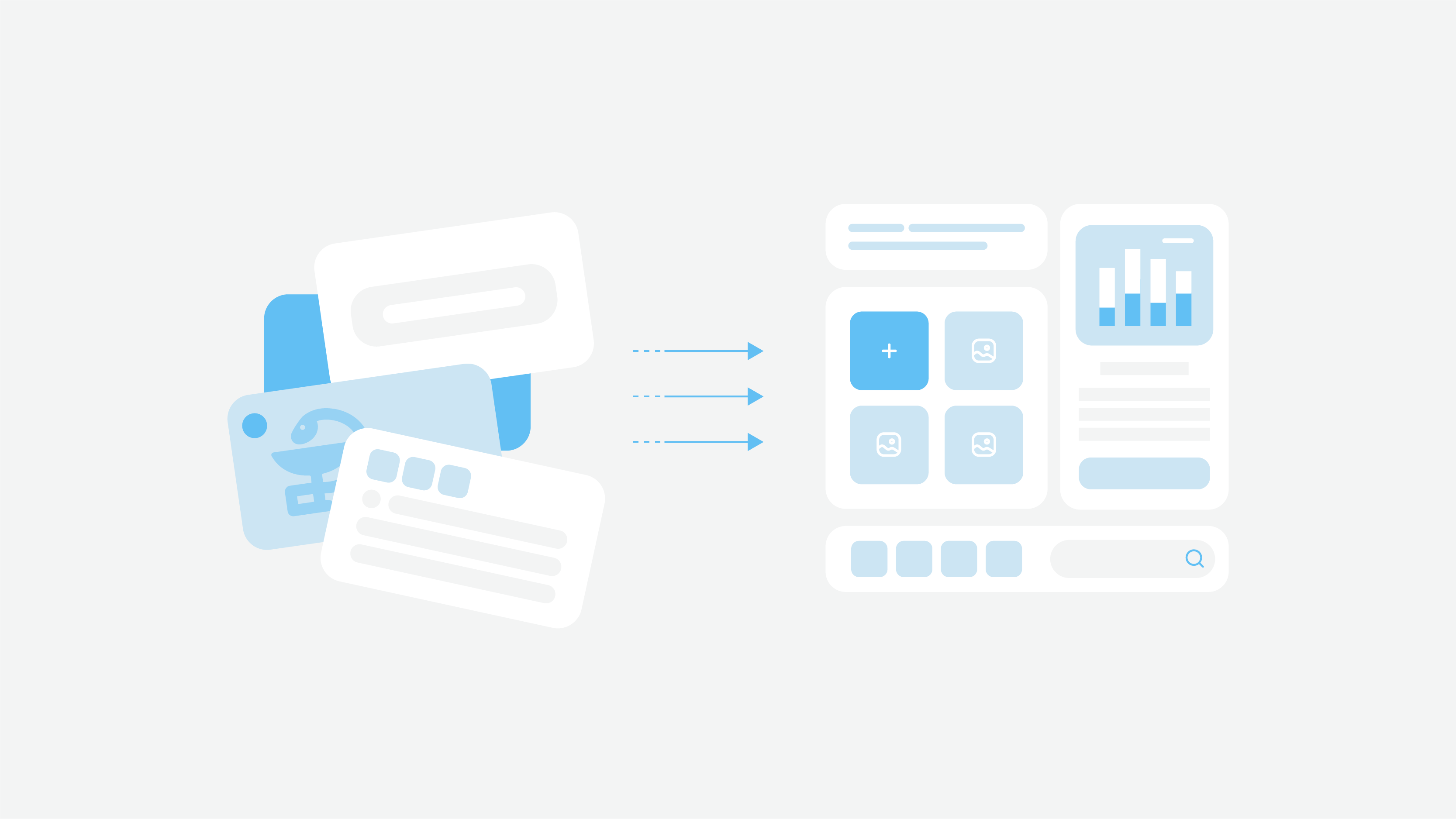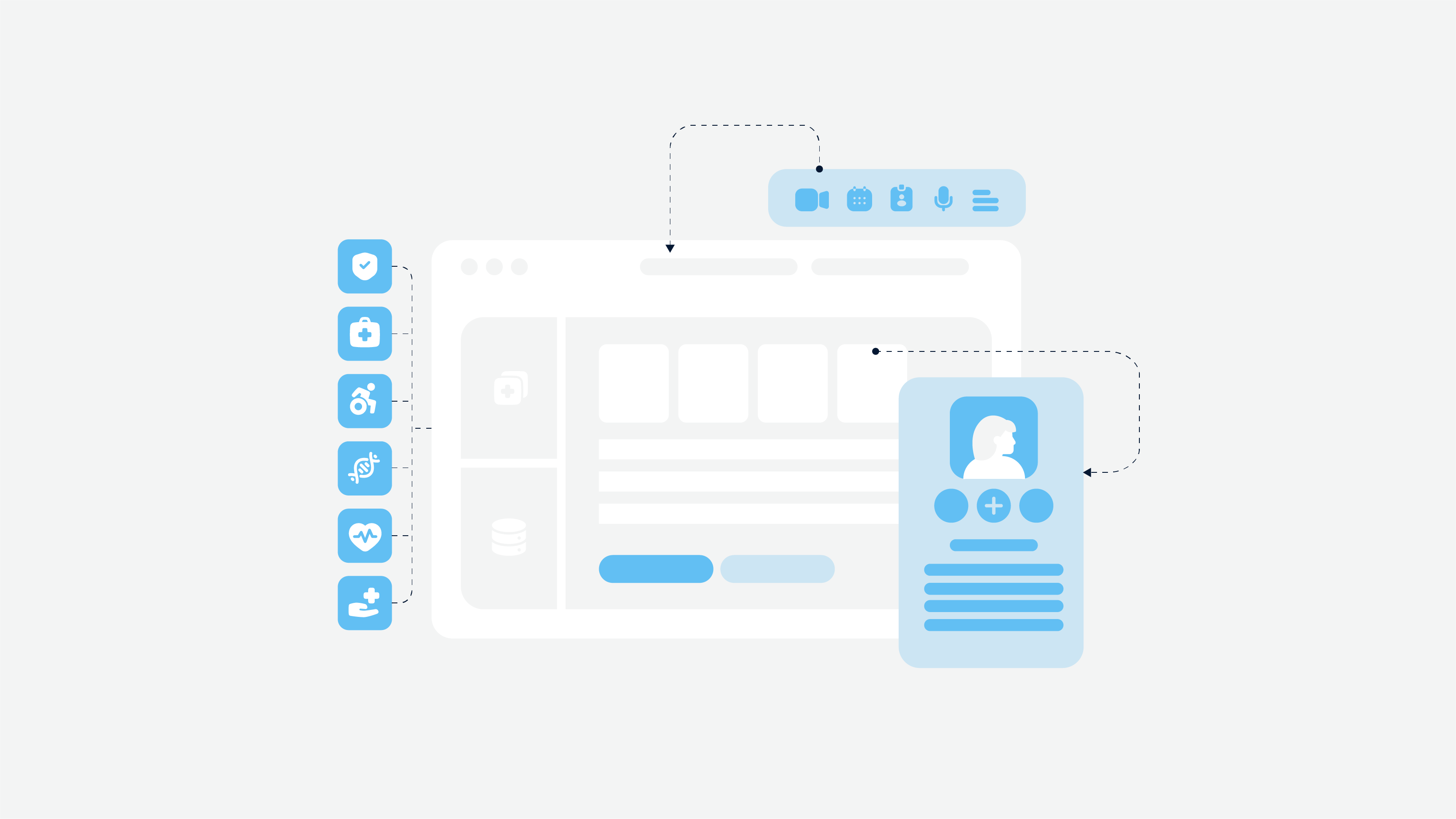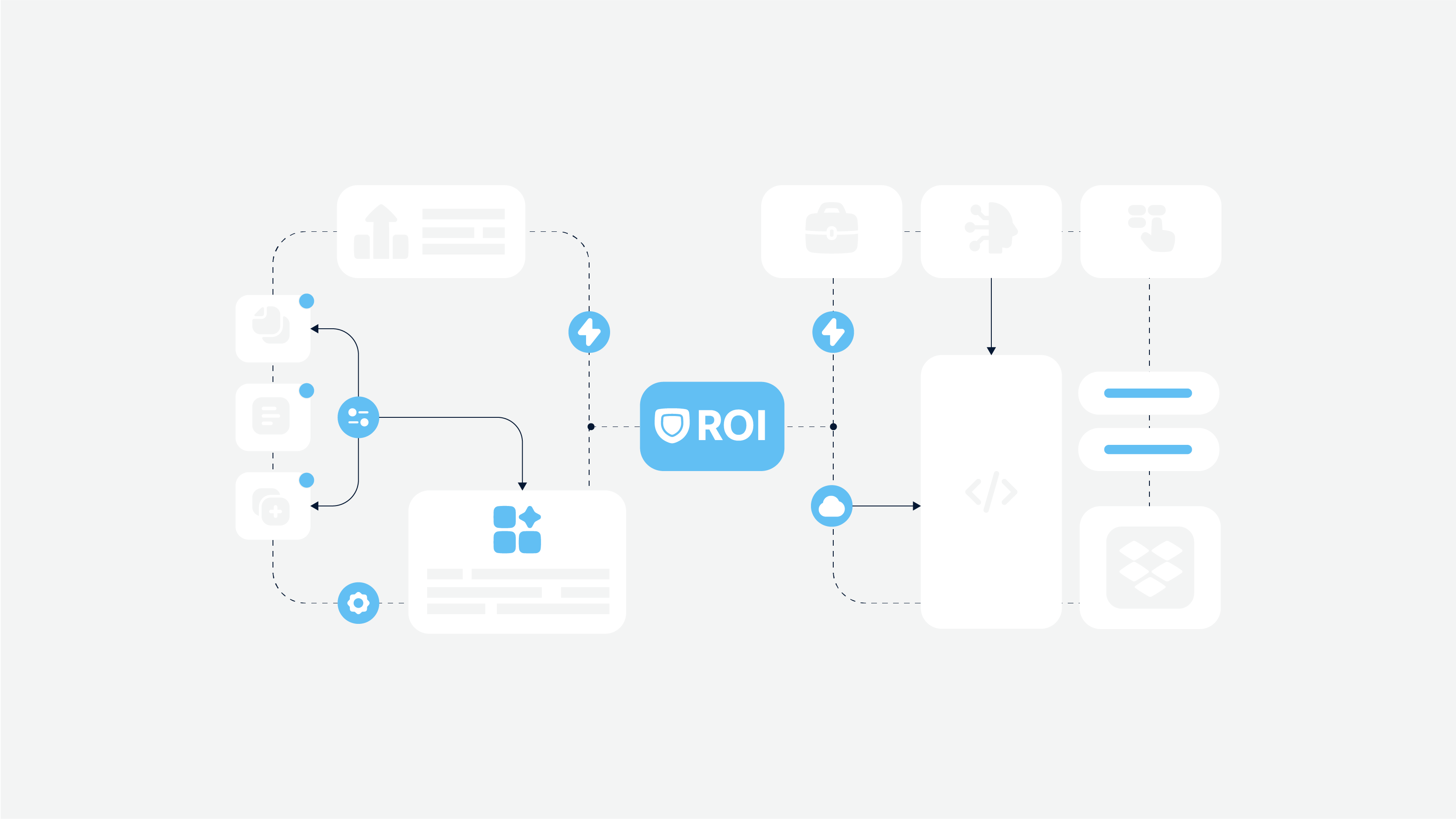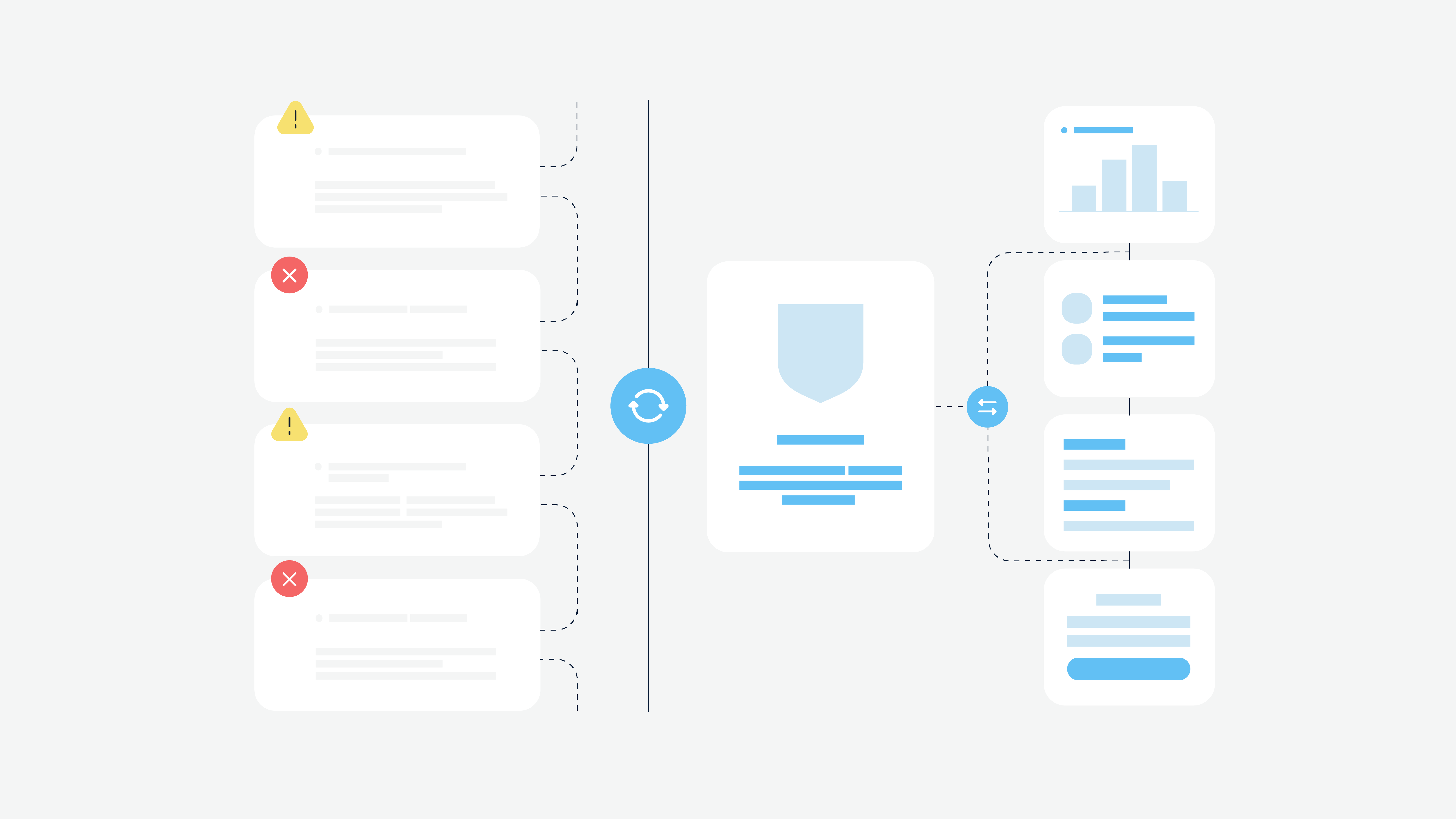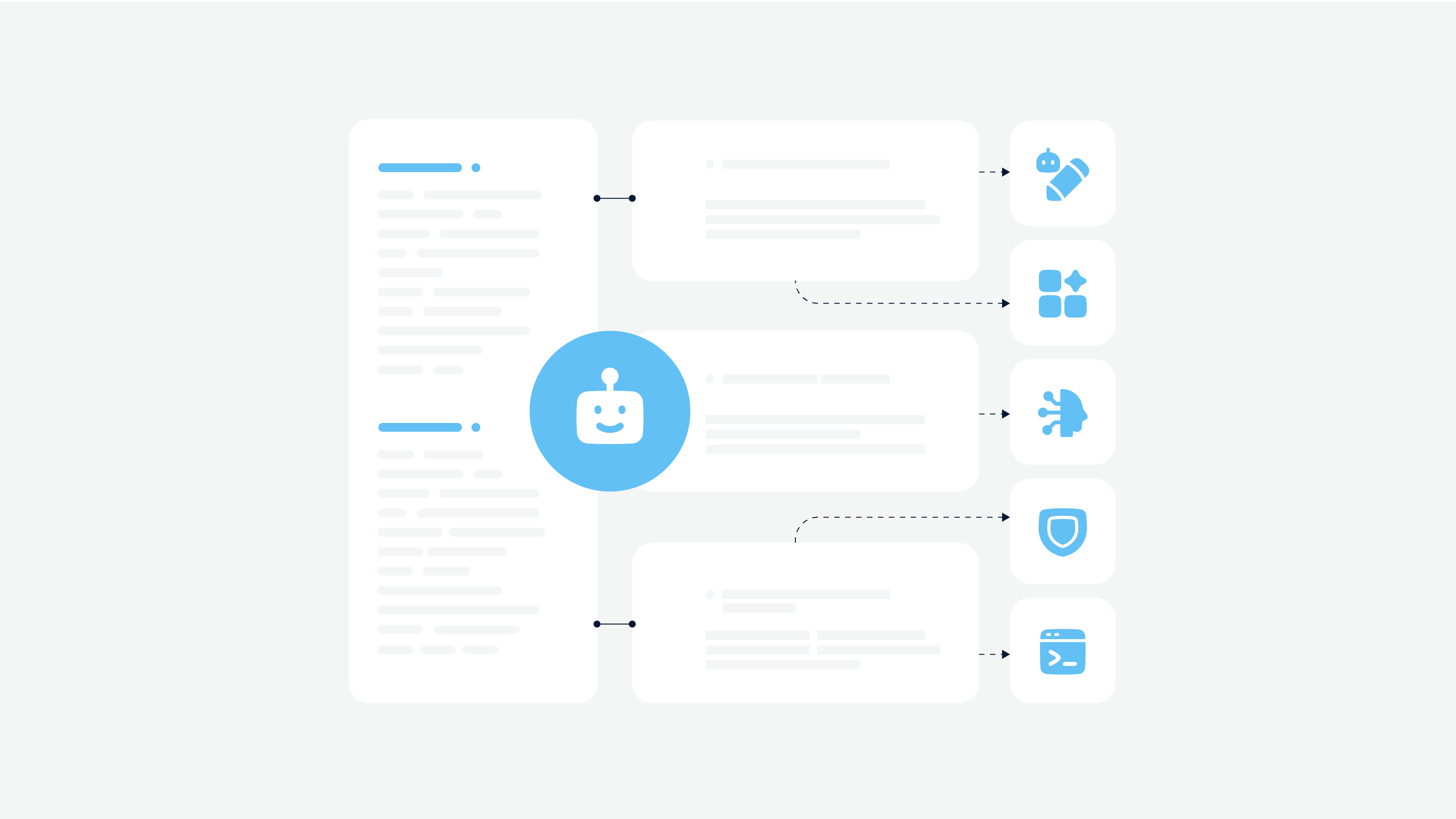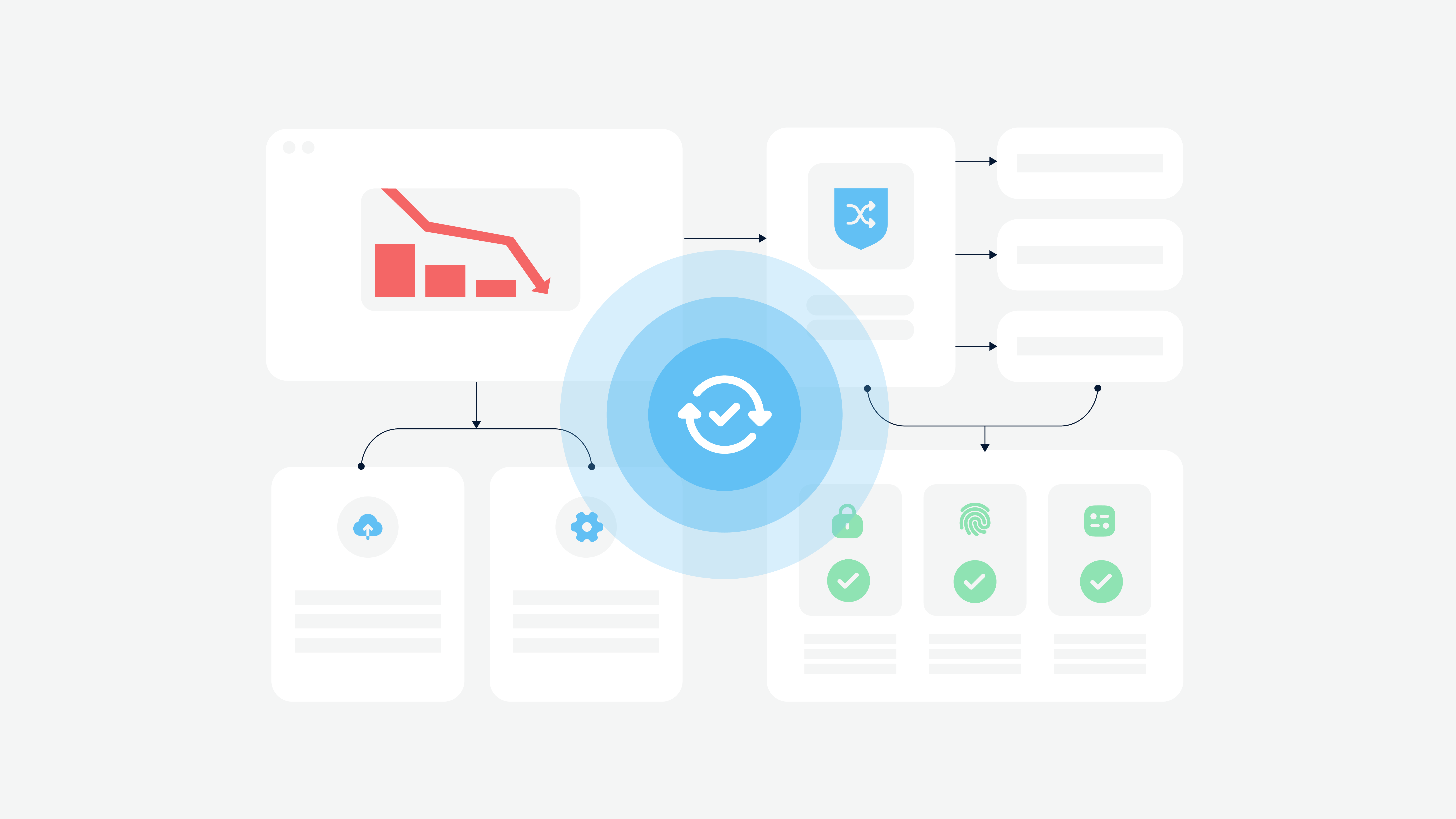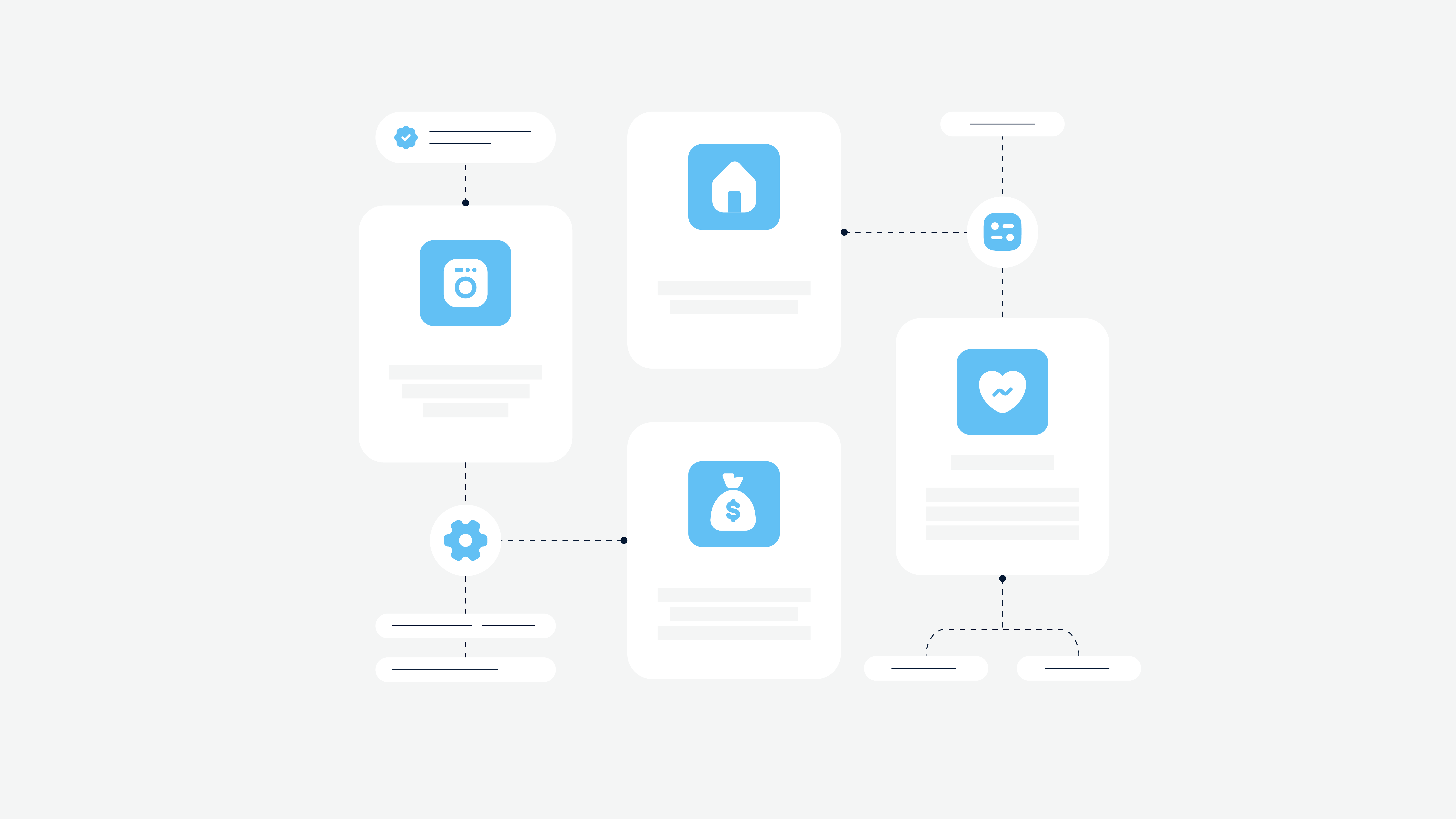We think that a trading app is not peripheral software in the business world. That is why we decided to share some information on how to build a stock trading platform. Trading website or mobile app will be the right way to become engaged in new business.
The creation of trading applications is a very promising and quite complex direction in fintech software development. Such products require a special approach to the design of the interface, well-thought-out UX in which every section and every button is in its place, as well as advanced security measures because they deal with personal and sensitive data.
Thus, you need to read this article to know the definition of a trading app, how it works, and development tips.
If you are looking for the best company in the USA & Canada, you are in the right place.
Read this article till the end, it will help you to understand your question.
Better yet, sign up for a free consultation with our software development experts.
What Is A Trading App?
You have to know what trading software is if you want to find out how to create a forex trading website. By the way, forex means foreign exchange (abbreviated to ForEx). A trading system is a mobile app or website that is created for traders and brokers. A trader is an individual or legal person involved in selling or purchasing securities and assets at a bargain price. And brokers get their interest from each bargain.
A broker is a legal person that helps traders perform transactions and make deals related to trading on a stock market. Thus, a trading platform helps people (traders) make attractive investments. Traders can place or cancel orders, buy shares or invest in IPO (Initial Public Offering).
The stock market is enormous. According to Liberated Stock Trader, the total stock market value was $85 trillion in 2020. It shows the practicality of trading system development. The software in this sector will be your next step to additional profits.
How Trading Software Works
The trading platform has an established functionality principle. Traders log in and place their order using a selected online broker. The order is then placed, and the database is looking for the best price for you, analyzing different stock markets. When a market that meets sellers’ and buyers’ needs appear, the system sends notifications to parties involved.
All investors can monitor the order and the price displayed in the system. The platform also includes a history page where all participants can study their previous bargains and transactions when necessary.
Considerations to Keep in Mind While Choosing a Trading Platform
Trading platforms are essential not only for traders but also for investors to execute financial and stock operations and manage their accounts. That’s why fintech software developers pay special attention to functionality, application design, and web product development, etc.
When choosing a trading platform and during fintech software development, several factors should be considered to ensure that it meets your requirements.
Functionality
One of the primary considerations when choosing a trading platform is the availability of features that meet your trading needs. Day traders and short-term traders may require access to market-depth information such as price levels, order size, and volume to time their orders effectively.
We will talk about specific features a little bit later, but now I’d like to emphasize that technical analysis tools, such as live charts with a range of technical indicators, may be essential for these traders, and you definitely should make a list of the most important ones for your fintech software development services provider. On the other hand, options traders may require tools specifically designed to research, analyze, and test their trading strategies.
So your fintech software development services provider must be able to create concise but advanced functionality.
Security
Security should be a top concern in trading platform development. You’ll want to ensure that the product has robust security features in place to protect your account and sensitive data.
So your fintech software development team must ensure the platform is designed with the latest security protocols and encryption methods to protect user data from cyberattacks. This includes measures such as two-factor authentication, data encryption, firewalls, intrusion detection systems, and vulnerability assessments.
Fintech software development services require a high level of security to protect sensitive financial information and prevent fraudulent activity. This also helps to comply with industry regulations such as the General Data Protection Regulation (GDPR) and the Payment Card Industry Data Security Standard (PCI DSS). Failure to comply with them causes significant financial and legal consequences for both the company and its clients.
You also have to think about robust security policies in place, which may include routine security audits, regular updates and patches, and employee training programs to prevent social engineering attacks.
Implementing appropriate security measures during the first stages of financial software development is essential. Otherwise, your fintech software development company can face reputational damage, financial loss, and legal liability.
Customer support
Providing all tools for efficient customer support is a critical aspect of fintech software development, especially in the rapidly evolving trading industry. It helps:
- to build trust between the customer and the fintech company, which is critical for maintaining long-term customer relationships;
- to ensure that users are satisfied with the software and the services provided;
- for fintech software developers – to focus on creating a maintainable and convenient app that is not only functional but also user-friendly and accessible to customers;
- to make customer support available to provide assistance and answer any questions 24/7;
- to collect valuable feedback for further fintech software development and improving trading products.
In the trading industry, prompt and reliable customer support is particularly crucial as real-time trades and any issues with the software can lead to significant financial losses. So fintech software development services should include work with various customer support channels such as email, phone, and live chat to provide users with different communication preferences.
You can also consider implementing self-help resources such as knowledge bases, tutorials, and FAQs, which can help users troubleshoot common issues independently.
Proper UX design
Proper UX design, mobile access, and responsiveness are crucial elements in fintech software development, especially for trading apps. Here are some reasons why.
User experience design makes trading products intuitive and user-friendly, with a clear and simple layout that enables traders to navigate the platform easily. A well-designed UX can significantly improve the user’s experience and increase engagement, leading to increased revenue and customer loyalty. And this shows the expertise of the fintech software development company.
Mobile access is crucial for trading apps. Mobile trading allows traders to monitor and manage their investments from anywhere and anytime. This convenience is highly desirable for users, and such products can gain a competitive advantage in the market. This is one of the most important requirements of the fintech software development process.
Trading apps should be responsive to different devices and screen sizes, allowing users to access the platform on their preferred devices. This can be achieved through responsive web design or by developing native mobile apps for different platforms. Responsiveness ensures that traders can access the platform regardless of their device, improving engagement and user retention, which is critical in financial software development.
In the highly competitive world of fintech software development, these factors can make a significant difference in a trading app’s success and help it stand out and succeed in the market.
Fees and regulations
No matter if you work on reliable insurance software, state-of-the-art mobile banking product, or any other project in fintech software development, you should remember about fees and regulations.
Traders who employ scalping as a trading strategy will prefer platforms with low fees. However, it is essential to note that lower fees may not always be advantageous, as there may be trade-offs to consider. For instance, lower fees may translate to fewer or less powerful features. So consider it in fintech software development to choose the right financial strategy.
Also, trading platforms are subject to regulatory oversight, and you’ll want to ensure that the product you build is regulated and compliant with all relevant laws and rules. So when hiring a fintech software development team, ask them about their expertise in this particular field.
Other considerations
Additional things in fintech software development that are worth paying attention to are educational tools. Educational resources such as webinars, courses, or tutorials are very useful for new traders who are looking to learn more and need great educational materials. By providing these tools, a fintech software development company can show that it cares about users.
Keep in mind that your audience-specific trading needs and goals will influence the whole process of financial software development. It’s essential to do your research and carefully evaluate all options before making a decision on functionality, design, and promotion.
Types Of Trading Platforms
You need to get acquainted with one crucial point if you are looking for ways how to create a stock market website or mobile app. You must determine what type of app you need. There are two primary types: commercial and prop platforms.
Commercial platforms are platforms created for day traders and retail investors. Such platforms are user-friendly; they contain all necessary features like trading, newsfeeds, notifications, helpful resources for education, etc.
Prop platforms are custom platforms created by large brokerages that entirely meet their requirements and particularities, trading style, investment characteristics, etc. It means if you have your brokerage firm, you can order the development of the trading system that will match your needs from A to Z.
Are you looking for a company with extensive development expertise? Contact Cadabra Studio and build your app with us.
Advantages Of Trading Systems
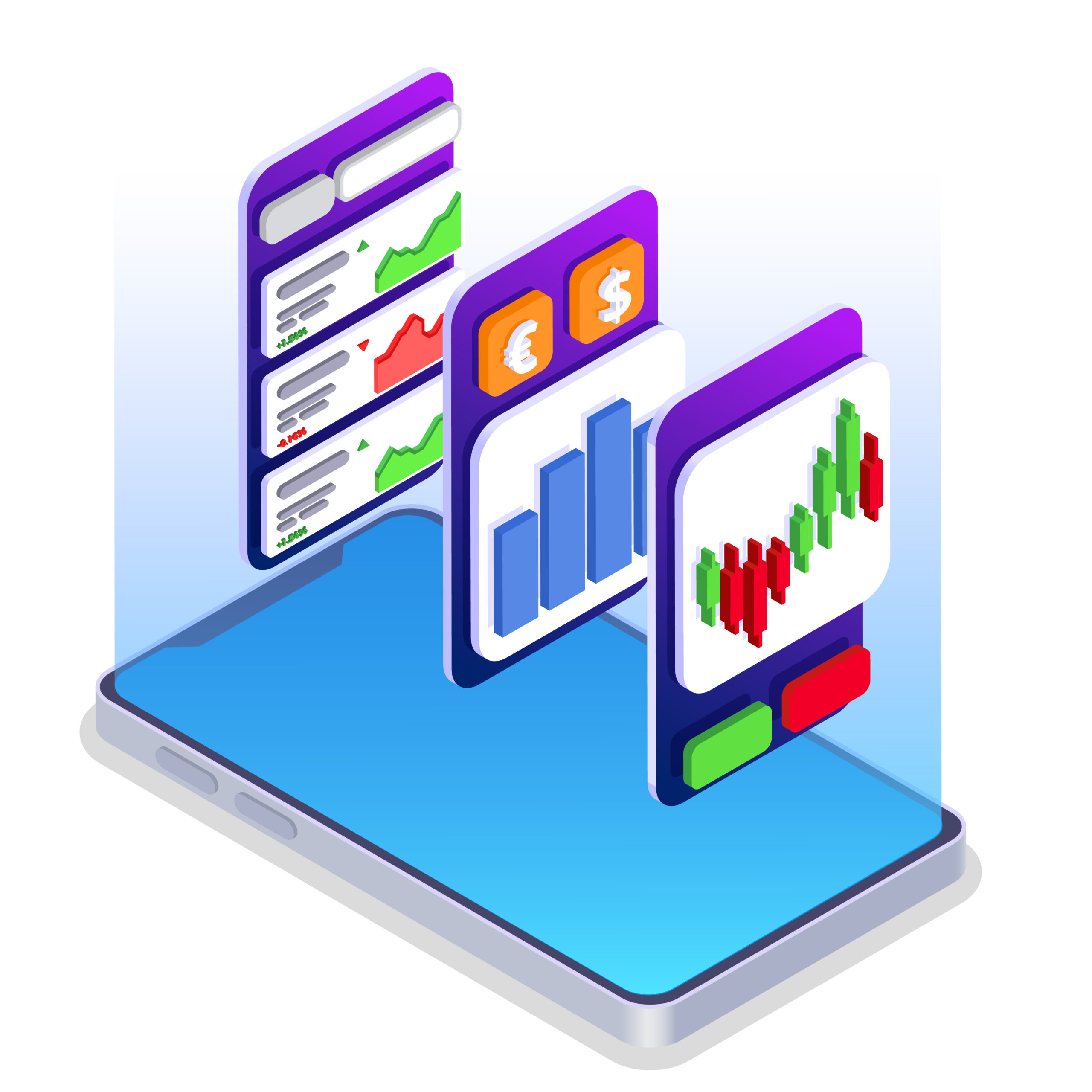
You may hesitate whether you need to invest money in the development of a trading platform. Therefore, it is necessary to single out the advantages online trading platforms have and why they are more popular than conventional trading processes in offline mode.
Simplicity. It is much easier for anyone to start using trading websites/mobile apps since they don’t need to have specific skills for a start. They can learn everything during the trading process using virtual funds.
A cheaper option. Reduced costs are related to simplified maintenance processes, whereas the outdated trading model requires more involved persons. Brokers’ fees become lower, and it also contributes to the popularity of online systems.
Time-efficiency. Previously, traders needed to meet their broker or call them for order placement or its cancellation. Of course, it took much more time compared to online stock trading websites where you can do everything with a couple of clicks. Or even use your handheld device like a smartphone or tablet when you are on the go.
Comprehensive monitoring. All participants can control their portfolios anytime from anywhere. It adds more convenience and flexibility to the trading process.
Reduced errors. As all information is stored online and it can be verified once again, the number of possible errors comes to naught. Brokers and traders can contact each other and clarify all issues to avoid miscommunication.
Access to essential information. Trading apps usually provide up-to-date situations on a stock market; traders can get recommendations and reports based on current charts. Besides, it is always easy to communicate with financial advisors or use robo-advisors on a trading website to get a piece of advice.
With these benefits, trading apps and web platforms have become more popular as they provide convenience, flexibility, and accessibility. This way, fintech software developers can help traders and investors manage their portfolios from anywhere, anytime, and make informed decisions based on real-time data.
Therefore, investing in fintech software development and creating a modern trading platform can offer significant advantages to financial companies.
Ways To Monetize A Trading App
Before you start working out how to create a trading website, it is vital to think about revenue models your system will use. We suggest you consider three primary options we will list below.
Premium subscription. This kind of subscription will reveal new features and options that can improve the trading process, and these traders will get certain benefits over users that download your app for free.
Interest. You can get your interest from each bargain or transaction made by traders. It can be a fixed interest rate to retain customers and let them understand how much they need to pay.
Ads. Another revenue model that remains topical in every second app. You can place relevant ads in your trading software, but mind that advertising shouldn’t attack users permanently — adhere to the golden mean principle.
Steps On How To Build A Stock Trading Platform
The development of a trading platform is a task that will require you to devote enough time and effort. There are crucial stages to consider if you don’t want to fail and lose your money. We kindly ask you not to ignore them and read this section carefully.
#Step 1. Make Your Choice: A Website Or Mobile App?
You should start with making the right choice, but it will depend on the particularities of the market you build software for. You can choose a mobile platform (iOS or Android), and you will target mobile users only with a native app. Or it can be a website for PC users as well.
However, there is one crucial thing — a website must be mobile-friendly, i.e., be responsive. Cause you will make a big mistake if you ignore mobile users who can enter your website via a mobile device. A trading website must be adapted to the screen size of handheld devices so that mobile users will navigate through it quickly. That is the first tip on how to build a trading system.
#Step 2. Get Involved In Market Research
It is another step that will also be time-consuming but mandatory. You can ensure your future trading system’s success only if you conduct comprehensive market research, analyze existing competitors, strong and weak sides of their systems, and find your target audience.
If you build a commercial type of trading platform, the audience won’t be too diverse (compared to other platforms), but anyway, you must consider each detail to succeed.
#Step 3. Follow Regulatory Compliance
By all means, the FinTech app cannot provide high-quality services until it complies with necessary regulations. For example, in the USA, when you put your trading system on the market, you must register it with the SEC (U.S. Securities and Exchange Commission), become a member of the FINRA (Financial Industry Regulatory Authority) and SIPC (Securities Investor Protection Corporation). Finally, you need to adhere to the state’s rules and regulations related to the FinTech area.
However, that is the tip of the iceberg only. Depending on the region, you will need to deal with extensive paperwork and registration requirements. Don’t forget that if you choose Europe as the primary market, you will also need to follow all the GDPR rules. You can check out the GDPR compliance checklist to learn more.
#Step 4. Create A Design
Well, creating design doesn’t mean that you have to start learning what UI/UX design is and how to implement it. You always have a possibility to engage a design team provided by Cadabra Studio with 5-year expertise in creating different types of web and mobile design. Let everyone do what they can do the best.
So, design. The design of your trading system must be mobile-oriented. Even if you build a website, it must be responsive since mobile users’ number is higher. According to Telemedia Online, mobile traffic’s global breakdown is the following: 50,88% mobile, 46,39% desktop, 2,74% tablet.
Then, the design must be thought-out; it should be contemporary yet straightforward to attract users. Remember that your users are people of business. And they need to have a platform that completely meets their business needs.
#Step 5. Hire Development Team
The UI/UX design of your software is the first step. You can check the article describing why a UX designer must be hired before a developer. But then you will need a team of developers — mobile devs if you need a mobile app, frontend and backend devs for the creation of a website. It is up to you, but we recommend cooperating with a company that works on a turnkey basis. That is, design, development, quality assurance, and other stages will be implemented by one team.
Cadabra Studio is the company that provides all services to build your app from scratch. Thus, if you plan to know more about how to create an investment platform, you need to get in touch with Cadabra Studio. Our staff includes specialists of different levels to make even the most complicated software.
#Step 6. Enrich Your App With Third-Party APIs
Again, it is not your headache. But you need to know all nuances related to trading system development. Your trading app should use APIs of third-party services that will be extremely helpful.
For example, Yahoo Finance, Bloomberg Market And Financial News, Finage Currency Data Feed — these services will provide your app with real-time data about exchange rates, stock metrics and feed, investment news, etc.
#Step 7. Security Is Top Priority
Any app that processes confidential information must be secured. Your trading app won’t be an exception. That is why you must protect the trading platform from unauthorized access, add login and password protection, encrypt all transactions, and think about DDoS protection as well to avoid server attacks.
Simultaneously, if you want to increase customer loyalty, you can think about adding a biometric security feature like a fingerprint scanner, for example. Users won’t need to input their logins and passwords every time, and they can sign in quickly with their fingerprint.
#Step 8. Testing And Maintenance
FinTech apps won’t ever gain popularity if they become the reason for money loss. And it may occur due to bugs in the software. That is why your trading system must be tested by QA engineers who will perform all the necessary testing types to ensure flawless functionality. Besides, you can perform beta testing of your app and choose a focus group of users who will help you build a perfect app.
Once the app is released, that is not the end. It is just the beginning of a new path. You need to monitor users’ feedback and complaints, provide timely updates, and ask developers to fix some technical issues if they appear. Simply put, you must always stay alert. And it is a better option if the development company has DevOps engineers in their staff — it will speed up and improve the updating process. Cadabra Studio may provide you with DevOps specialists as well.
Need a full-stack development team for your project? Contact Cadabra Studio and let us be your partner.
Must-Have Features For Your Stock Trading Platform
Trading apps may have various features since such apps may target different target audiences, especially if they are prop apps built by the brokerage firm for their purposes. However, common trading platforms include a specific set of features that must be available. Let’s check these features together so that you can add them to your future software.
Authorization. As we noted above, the authorization process shouldn’t be simple to protect it from malefactors. So you should add Face ID or Touch ID biometric protection, and if devices of users support this authentication type, they will use it. In case you build a website, PC users must input their credentials to log in. A two-factor authentication (password + phone number) can be justified as well.
Onboarding. Trading apps must be easy-to-use both for professionals and novices. Ensure that your app has a tutorial that explains how to use your app, what users can do with your app, a short feature list description, etc.
Profile. A trader and broker’s profile must be available. Users can add vital information to their pages, check history and statistics, use settings to customize portfolios, etc.
Search. When users need to find something, they should be able to do it quickly. Add a search bar with advanced filters so that users can narrow their search and see everything they need.
Favorites. Traders can add stocks to their favorites to get acquainted with them later, or if they plan to use these stocks again.
Dashboard. The dashboard will show all user’s activities in a chart form. It will improve customer experience and make the navigation process much more manageable.
Trading. Actually, the process of selling and purchasing assets and securities is a must-have. Your trading app should have relevant visible buttons to let users see them.
Robo-advisors. A virtual financial advisor that uses machine learning algorithms to help traders make the right choice. Its main goal is to reduce the human workload and provide traders with financial advice and investment tips using up-to-date market information.
Newsfeed. Users will see the latest financial news, especially stock market news, so they will remain updated and be able to perform trading operations advantageously.
Push notifications. Notifications are necessary to let users know that the order is completed, for example. Or it can be used to notify about any other essential activities.
Educational page. Your app must have a page where all helpful education resources are available for users. When a novice starts using your trading platform, they can read relevant tutorials, watch videos, etc.
How Much Does It Cost To Build A Trading Platform?
First, your trading platform’s development cost will depend on the platforms’ number if you create a mobile app; or on a website complexity if you need a website only. However, if you want to develop both a native app and a website, you will have to invest much more money. An efficient and well-designed mobile app needs some investments but brings huge profits.
Simultaneously, the development team’s location plays a vital role in the estimation process. Thus, the creation of two mobile apps and a website will cost you less in Eastern Europe. Why? Because the average hourly rate of development companies in Ukraine, Poland, Bulgaria, Belarus, and neighboring countries varies between $25-50. At Cadabra Studio (Ukraine is our location), hourly rates make $35-50.
In North America (the USA and Canada), rates start from $120 and may reach up to $200. Based on this, the cost of each app for one mobile platform may exceed $70K. In contrast, in Ukraine, you can create two apps for various platforms for this budget. But a detailed estimate will be available only when you provide all your requirements. Otherwise, we can provide a rough estimate only, but it won’t be final.
Wrapping up, we may add that now you found out all the steps on how to build an automated trading system. It is a time-consuming process, but eventually, you can get a successful result if you don’t ignore bits of advice and regulatory compliance. And, of course, reliable development team assistance will be a crucial moment.
Do you want to build a trading application in collaboration with professionals? Hire Cadabra Studio right away!

